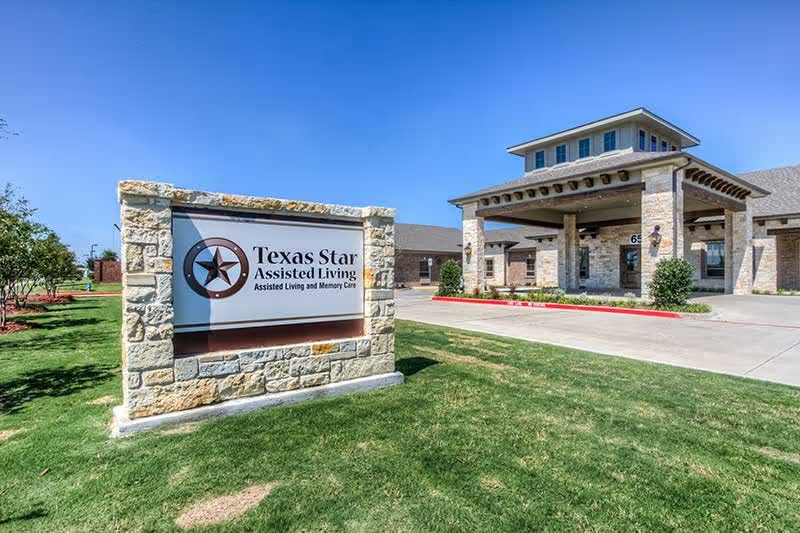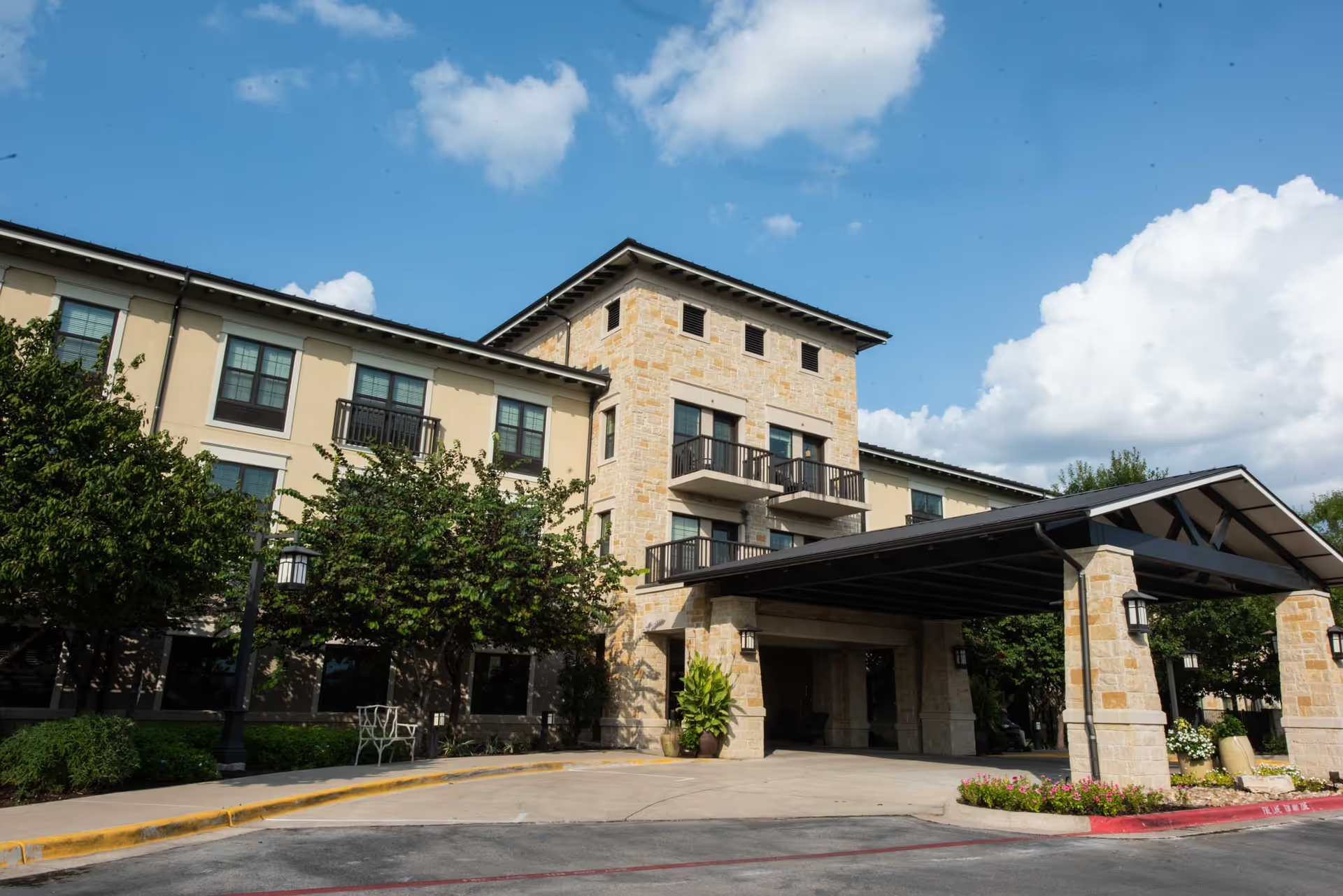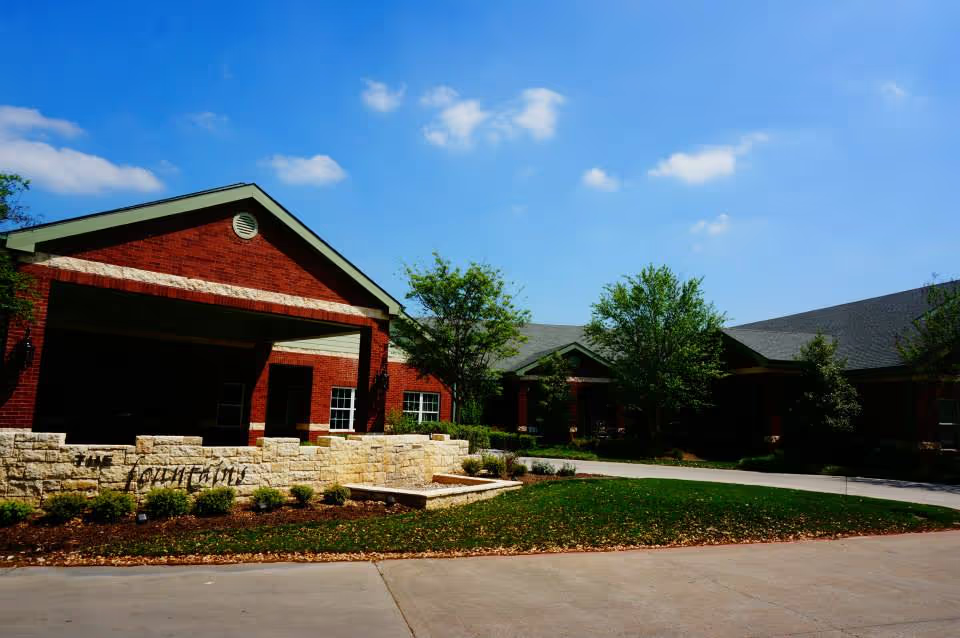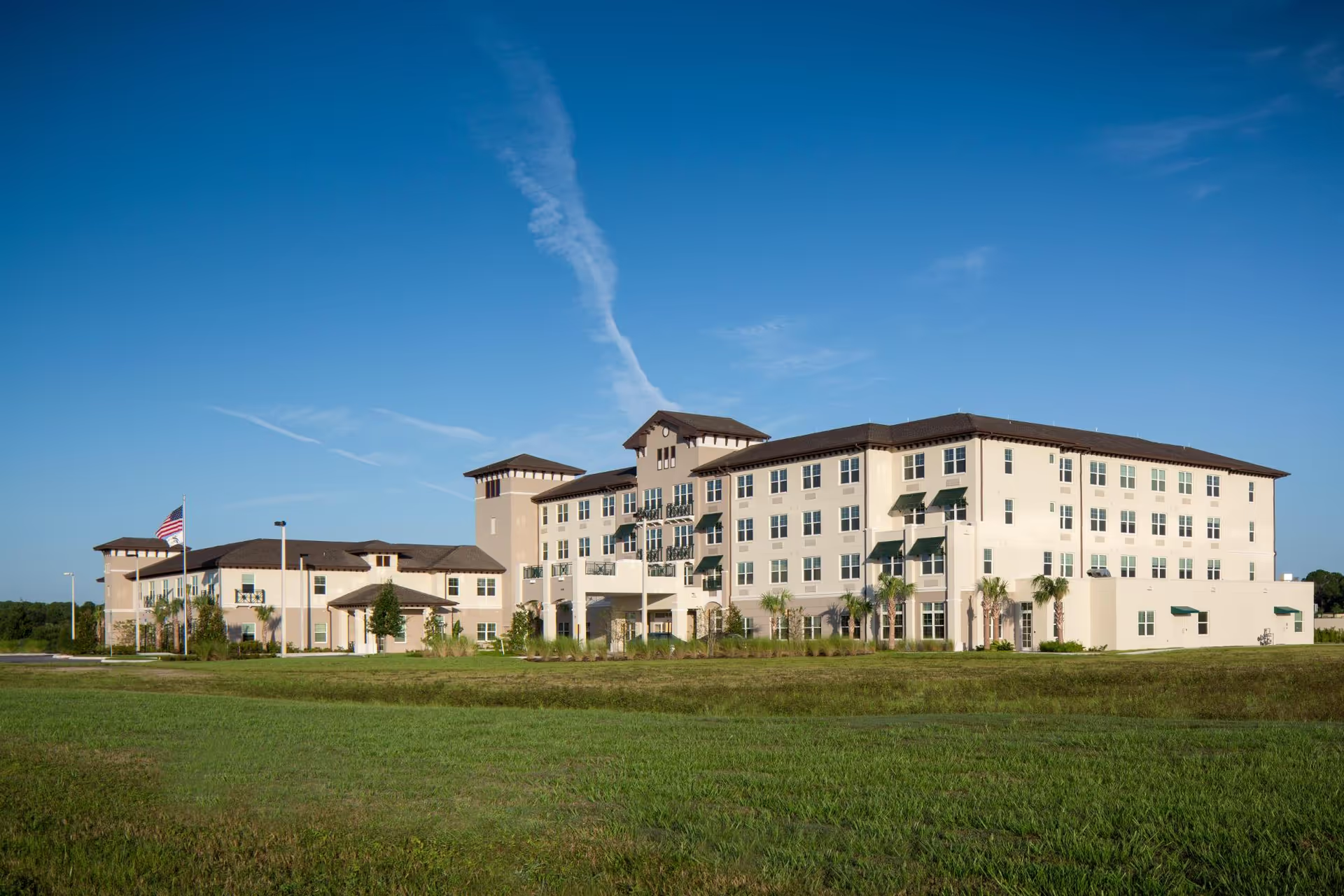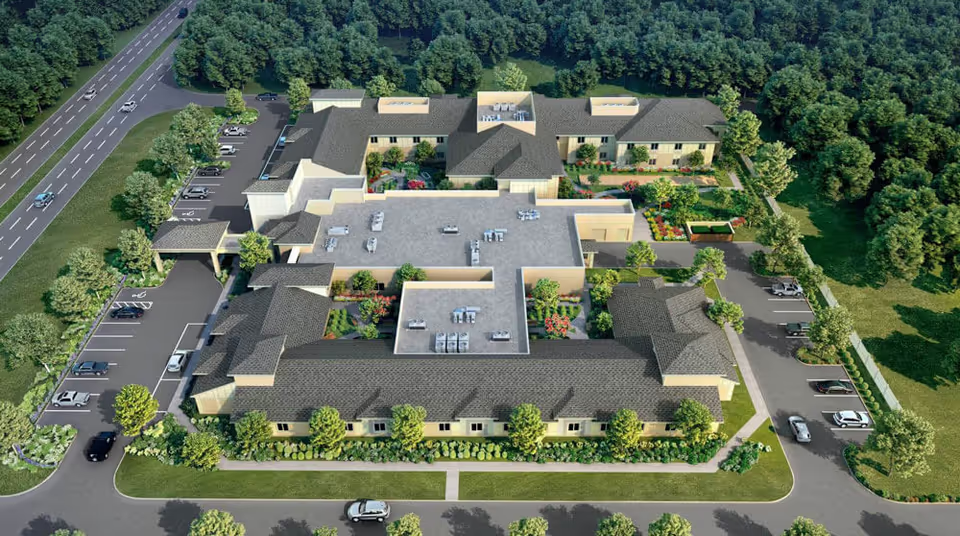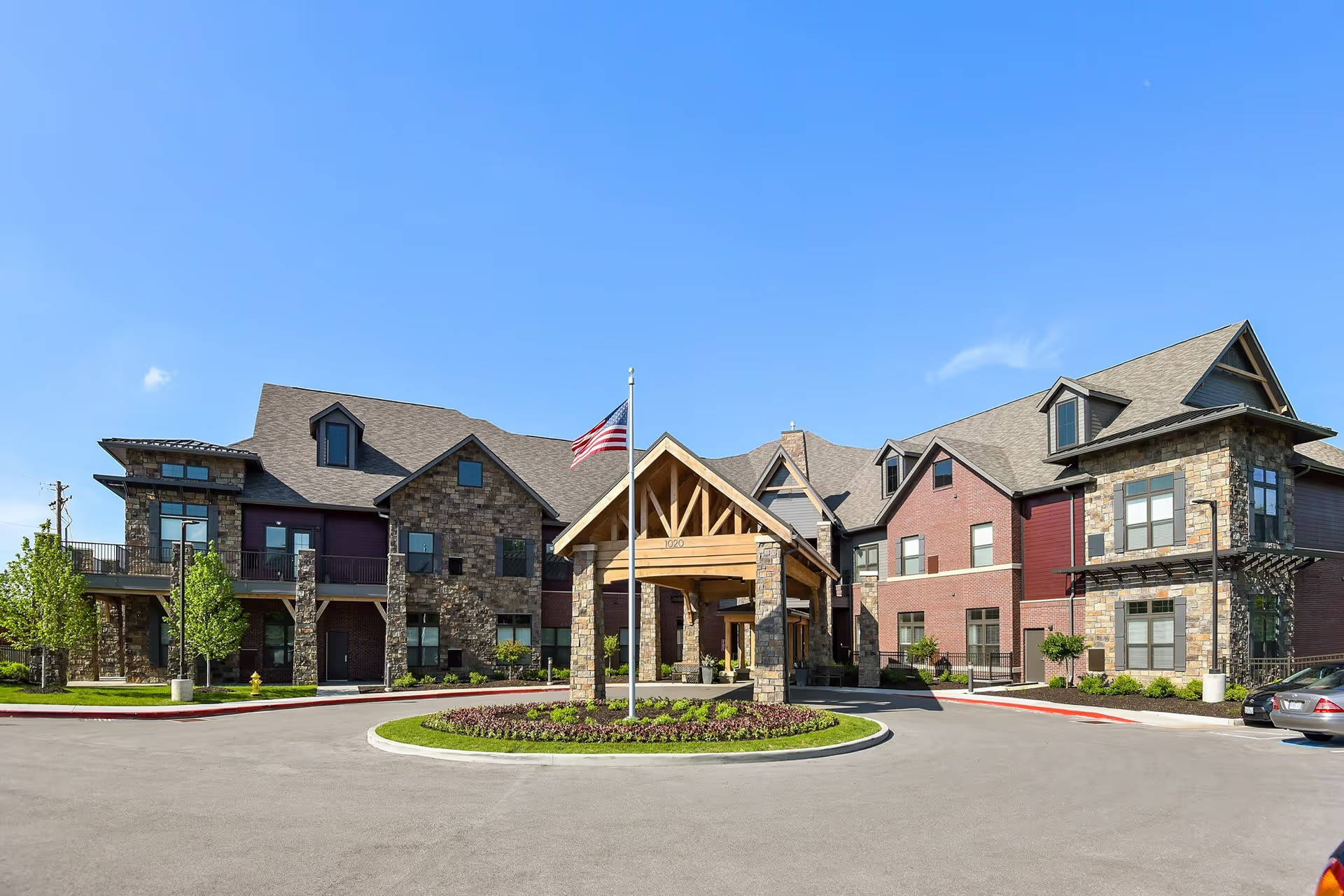Overall sentiment in the reviews is mixed and highly polarized: many families and residents praise the warmth and attentiveness of direct-care staff, the social opportunities, apartment-style living, and affordability, while other reviewers raise serious concerns about leadership, medical oversight, cleanliness, billing integrity, and emergency preparedness. The facility appears to deliver a comfortable, community-oriented environment for residents with primarily social and low-to-moderate care needs, but multiple patterns indicate risk factors for those requiring more consistent clinical oversight or robust administrative practices.
Care quality and clinical oversight: reviewers give contradictory but instructive accounts. Several families explicitly praised CNAs, nurses, and compassionate hands-on staff who know residents by name and assist with daily life. Conversely, a substantial number of reviews cite understaffing, insufficient nurse coverage (some saying no medically trained personnel on site while others report nurses present), problems with CPAP setup and management, slip/fall incidents, and a memory-care unit described as understaffed. These conflicting reports suggest variable day-to-day clinical coverage and a lack of reliable, consistent medical oversight; families who need guaranteed 24/7 medical care or strong dementia-specific staffing should be cautious and verify current staffing patterns and licensure before choosing this community.
Staffing, culture, and administration: an important theme is a divide between front-line caregivers and administrative leadership. Direct caregivers are repeatedly described as friendly, compassionate, and effective at creating social engagement and comfortable daily life for many residents. However, many reviews criticize administration and office staff — citing poor communication, incompetent bookkeeping, management lacking experience, questionable charge practices, denial of refunds, and even alleged corruption or theft in a few accounts. Issues like unapproved overnight sitter charges, contested billing items, and slow resolution of complaints were mentioned often enough to indicate systemic administrative weaknesses rather than isolated incidents. Several reviewers also noted staff unprofessionalism in public areas, such as smoking outside, staff on phones during meals, or profanity — behaviors that undermine trust and resident dignity.
Facilities, maintenance, and cleanliness: the physical plant earns both praise and concern. Positive comments include large rooms, attractive atrium spaces with sunlight and tropical plants, well-equipped apartments with stoves/refrigerators, elevator access, and a pleasant dining area. At the same time, the building is frequently described as older (40-year-old building, dated decor), with some bathrooms needing updates (cast-iron tubs), tattered furniture, and visible wear. Maintenance response times were criticized — broken items not fixed promptly, and plumbing/electrical issues sometimes not addressed until weekdays. More serious are multiple reports of cleanliness failures: pest sightings (roaches, flies, gnats), urine odors in lobby areas, and lapses in housekeeping that, according to reviewers, compromise resident comfort and health. These mixed facility reports suggest physical amenities and layout are strengths, but ongoing capital maintenance and housekeeping standards are inconsistent.
Dining and activities: social programming is a clear strength for many residents. Numerous reviews highlight varied activities (exercises, bingo, painting, bus trips, socials, church services), active calendars, and opportunities for resident interaction that help newcomers adjust. Dining impressions are more mixed: several families praised excellent food and meals (some even singled out a new chef or holiday meals), while others complained of horrible food, lack of variety (repeating menus, limited Sunday options), and inconsistent meal quality. Families should ask for recent menus, observe a meal service during a tour, and confirm dietary accommodations if food quality is a priority.
Safety and emergency preparedness: a notable red flag emerges around emergency planning. Several reviewers reported forced evacuations during hurricanes, lack of an on-site generator, and uncomfortable evacuations to sister facilities with heat and limited food. Conversely, some accounts describe smooth evacuations and a generator being present at times. This inconsistency is critical: for residents with medical devices, mobility challenges, or dependency on electricity (e.g., CPAP), an unclear or inconsisten t emergency plan represents a material safety concern. Prospective residents and families should obtain written emergency procedures, ask about backup power, evacuation protocols, and historic performance during severe weather.
Billing, trust, and value: price and perceived value are recurring themes. Many reviewers considered the facility affordable or a good value, especially compared to other local options; others felt services were misrepresented and that the facility was overpriced for the actual level of care provided. Repeated problems with billing accuracy, poor bookkeeping, denied refunds, and questionable charges (including allegations of theft) have eroded trust for some families. This combination of affordability plus administrative risk means the community may suit financially-conscious families comfortable with lower-cost, socially active settings — but families must vet billing practices and contract terms carefully.
Patterns and recommendations: taken together, the reviews portray Lafreniere Assisted Living Center as a facility with tangible strengths in social programming, friendly direct-care staff, affordable apartment-style living, and certain appealing amenities (atrium, salon, transportation). However, significant, recurring weaknesses exist in administration, clinical consistency, housekeeping/pest control, maintenance responsiveness, and emergency preparedness. The presence of strongly positive and strongly negative reviews indicates variability in experiences that may depend on timing, unit assignment, and which staff are on duty.
For families considering this community: 1) verify current nurse/staffing levels and obtain written staffing schedules for both day and night; 2) ask specifically about memory-care staffing ratios and protocols if dementia care is needed; 3) request written emergency and evacuation plans, including generator availability and past performance during severe weather; 4) review the residency agreement and billing procedures in detail, including refund/cancellation policies and examples of extra charges; 5) tour multiple parts of the facility at mealtime, inspect housekeeping and resident rooms for cleanliness and pest control, and speak with current residents or families on different wings; and 6) clarify maintenance response timelines. These steps will help families separate the positive aspects (community, price, activities) from the risks (administration, medical oversight, safety) documented across reviews.

